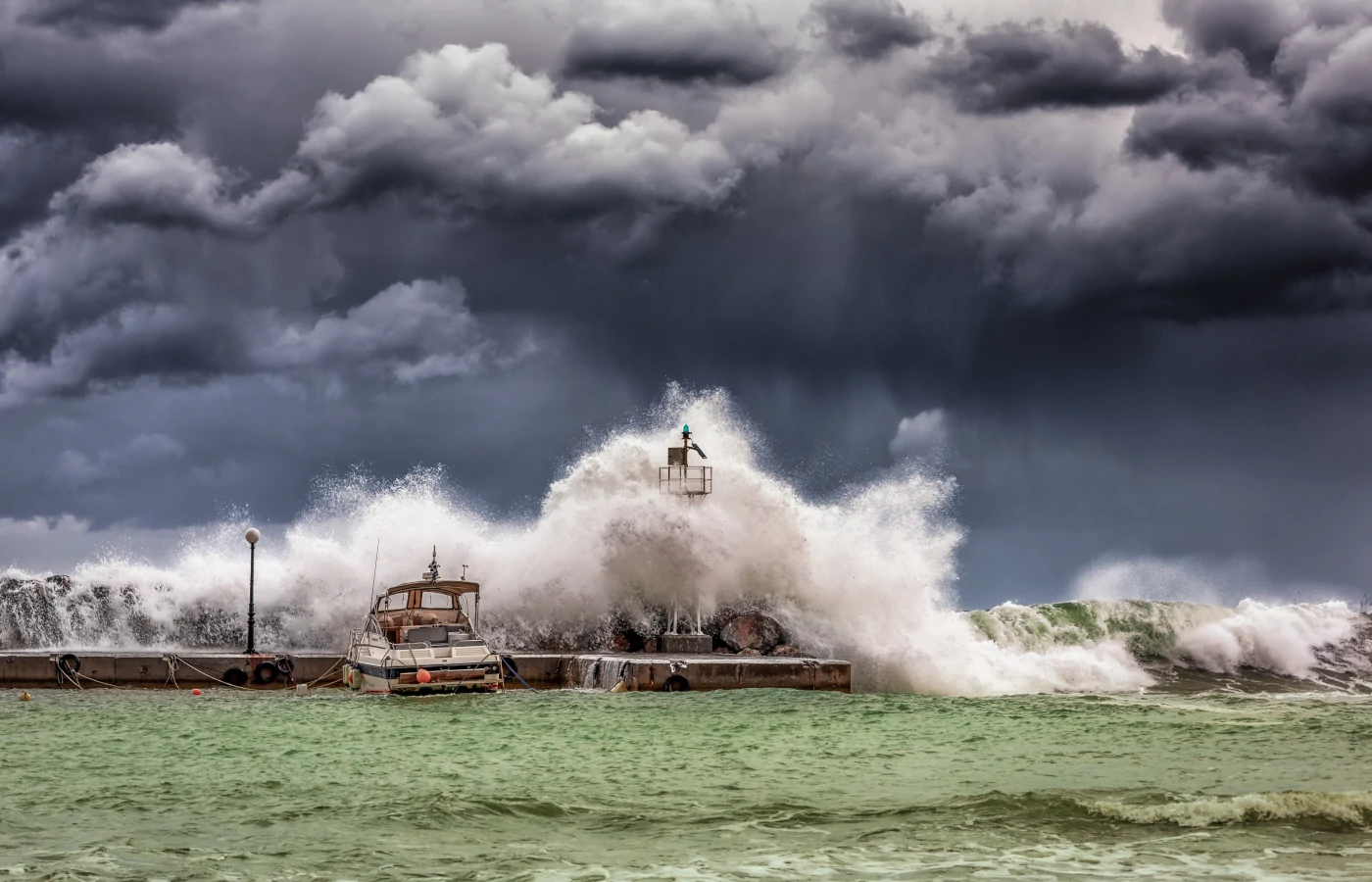When the formidable force of a tsunami collides with the shore, it doesn’t just alter landscapes, but also cripples vital lifelines such as electricity. This article sheds light on how tsunamis disrupt electricity, unraveling the domino effect that brings communities to a standstill.
From the initial onslaught of waves to the insidious creep of saltwater, understanding these impacts is indispensable for preparation and resilience. Whether you live near a coastline or are simply interested in the interplay between nature’s might and human infrastructure, this read will equip you with essential insights.
The Crushing Waves: Overwhelming Electrical Infrastructure
The primary way how tsunamis disrupt electricity is through their towering waves. Tsunamis, often triggered by undersea earthquakes, generate waves that can inundate coastlines. Electrical infrastructure near the coast, such as power lines, substations, and power plants, can be overwhelmed by these waves.
When a tsunami strikes, the sheer force of the water can knock down power lines and flood substations. Additionally, the debris carried by the tsunami can cause further damage. This renders the electrical infrastructure inoperable, cutting off the power supply to areas impacted by the tsunami.
Saltwater Invasion: Corroding and Short-Circuiting
A less immediate but equally devastating way how tsunamis disrupt electricity is through saltwater intrusion. Tsunami waves carry saltwater inland, where it can infiltrate electrical systems.
Saltwater is highly conductive and corrosive. When it comes into contact with electrical equipment, it can cause short circuits and corrode the components. This means that even after the water recedes, the electrical systems might be extensively damaged and unsafe to operate. Replacing and repairing this equipment is often costly and time-consuming.
The Strained Grid: Balancing Act Gone Wrong
The electricity grid is a complex network that requires a delicate balance between supply and demand. When a tsunami hits and disrupts the electrical infrastructure, this balance is thrown into disarray.
For example, if a power plant near the coast is damaged, it can no longer supply electricity to the grid. This leads to a sudden drop in supply. To prevent the entire grid from collapsing, power companies may need to institute rolling blackouts. This can affect regions far from the tsunami-impacted area, illustrating the far-reaching consequences of how tsunamis disrupt electricity.
Rebuilding and Learning: The Path Forward
After a tsunami, rebuilding the electrical infrastructure is a monumental task. Given the extent of damage and the corrosive nature of saltwater, it often requires replacing much of the equipment instead of just repairing it.
There’s also a need to learn from these events and build more resilient electrical infrastructure. This can include placing critical equipment at higher elevations, using materials resistant to corrosion, and developing better early warning systems.
In the communities affected, having a plan for electricity disruption is crucial. This includes having backup power sources, such as generators, and knowing how to use them safely. Moreover, staying informed and having an evacuation plan can save lives.
Summary
Understanding how tsunamis disrupt electricity is crucial for coastal communities and for authorities in charge of disaster preparedness. The immediate impact of the waves, followed by saltwater intrusion, can incapacitate electrical infrastructure. This, in turn, affects the broader electrical grid and has lasting consequences for the communities involved. Through rebuilding, learning, and proper planning, society can work to mitigate the impacts of tsunamis on electricity and the communities that depend on it.
More information awaits you at Generator.pw blog.

There are no comments yet.